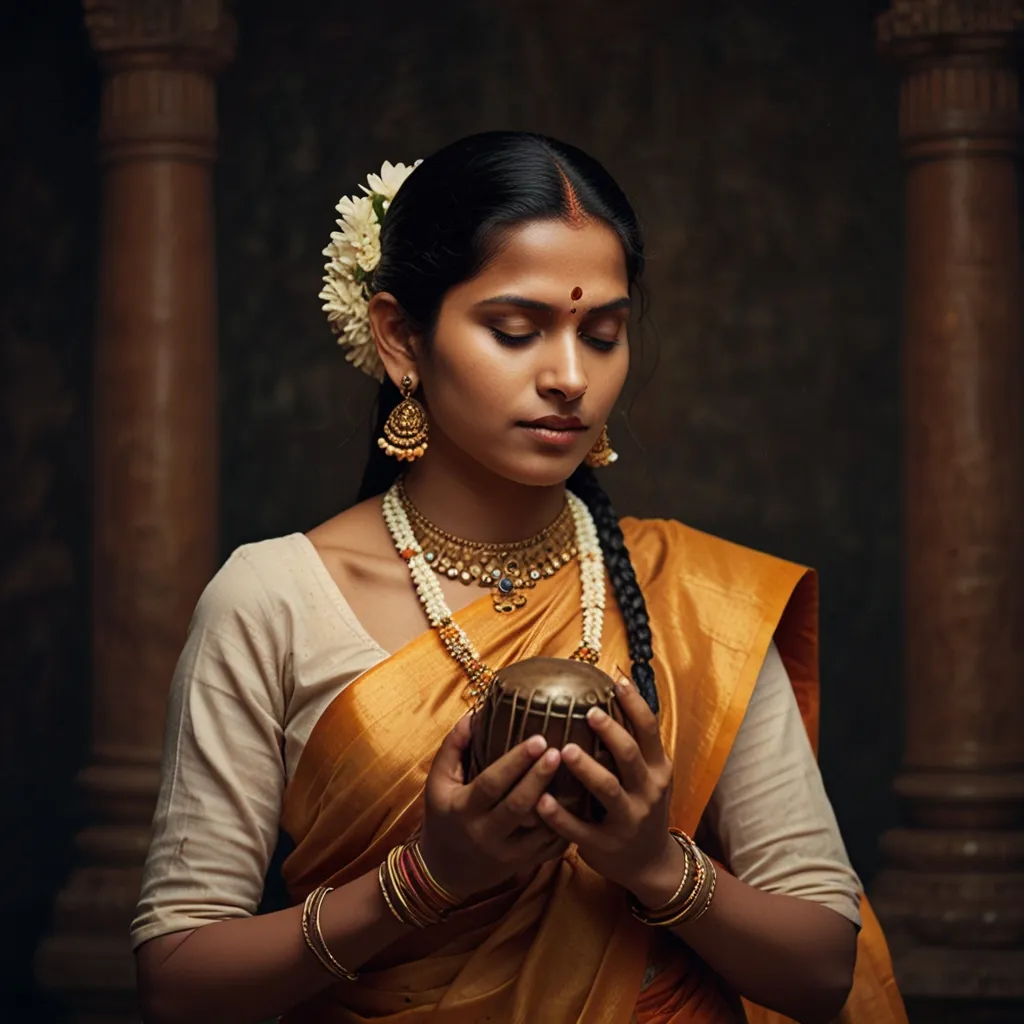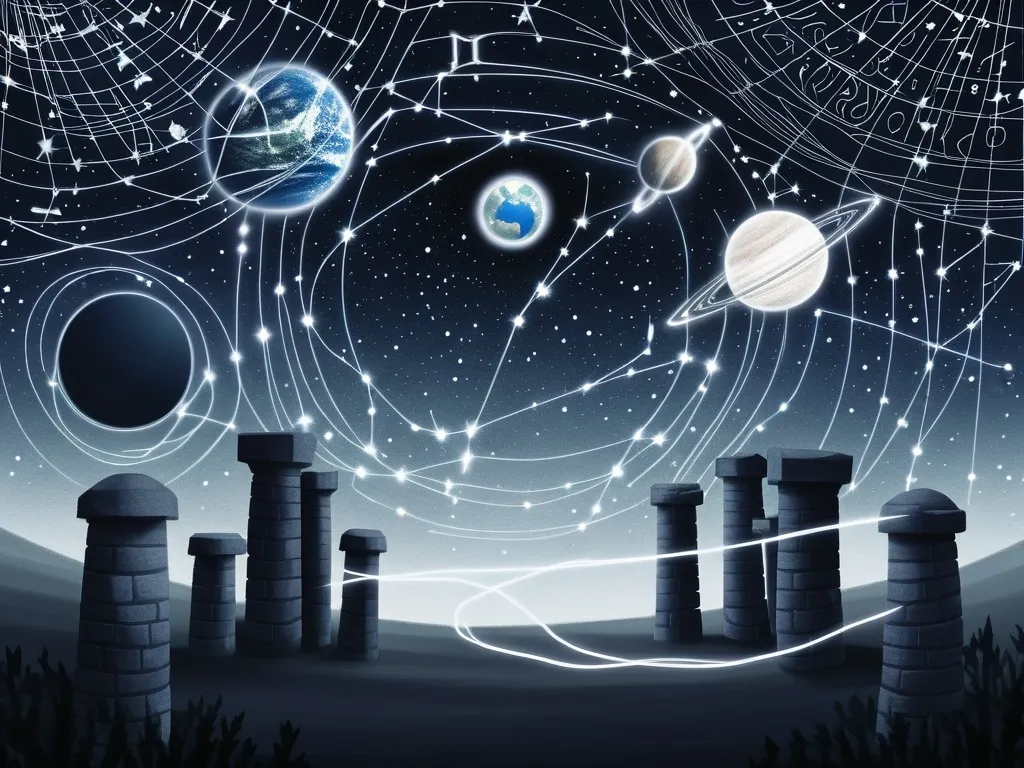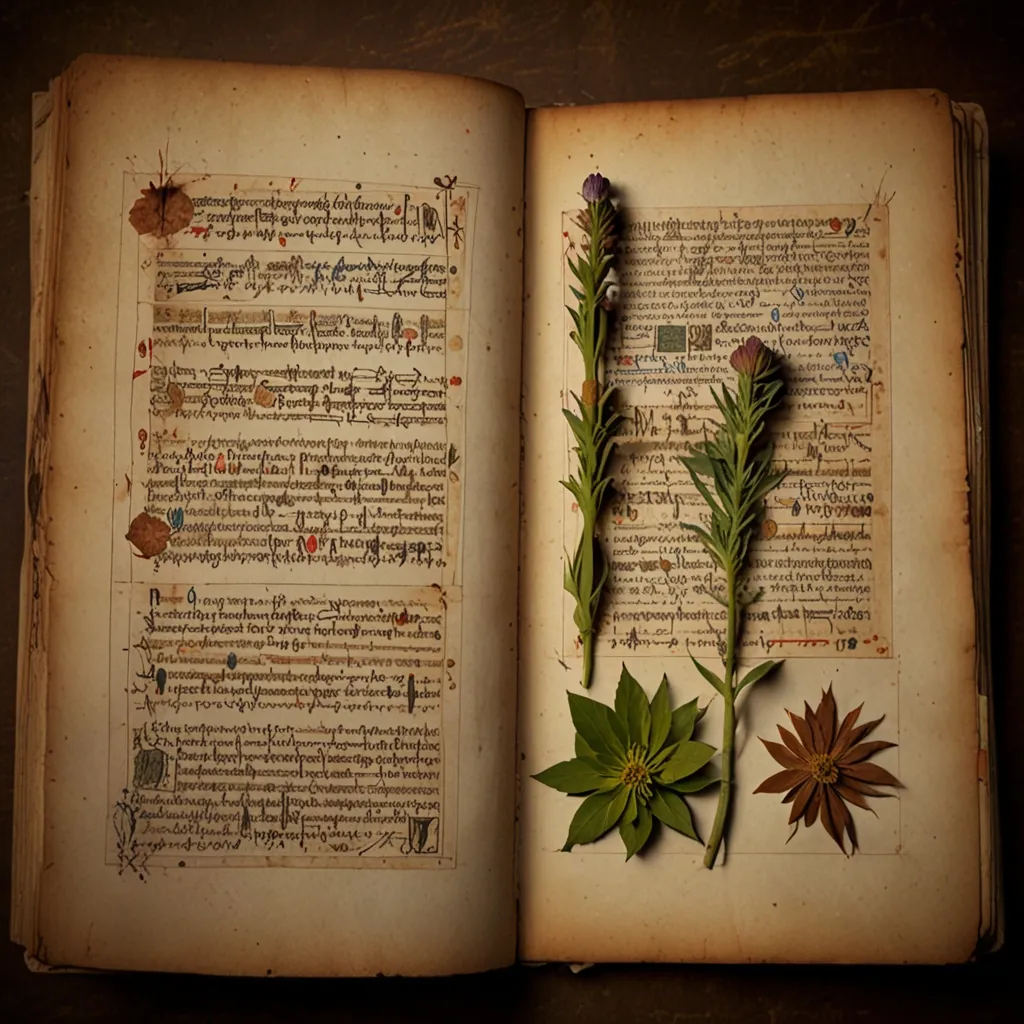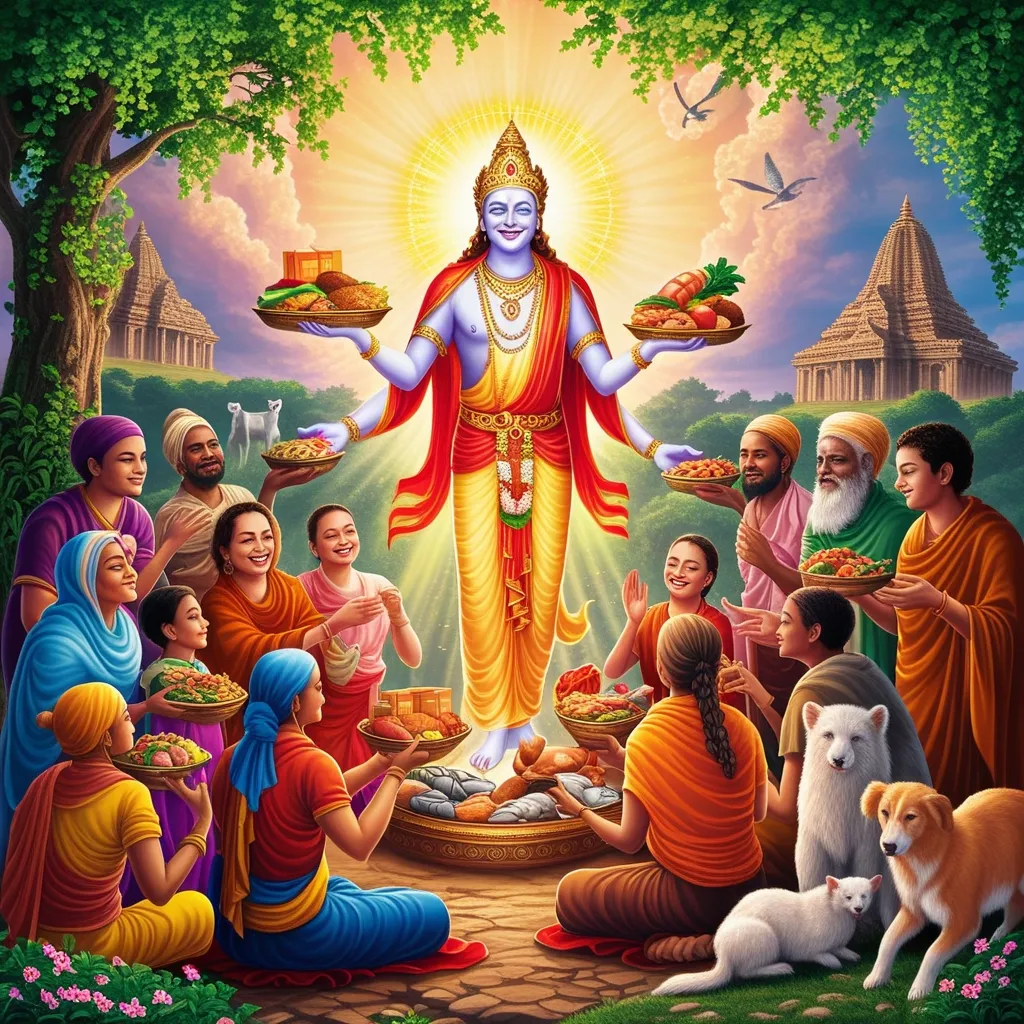Alright, let’s take a musical journey into the depths of Indian classical music, an art form that traces its lineage back to the ancient Vedic times. Picture those early days, when the world felt young, and the melodic chants of the Vedas filled the air. Out of the four Vedas, the Samaveda stands out like a rockstar, thanks to its unique melodic significance.
The Samaveda isn’t just any scripture; it’s the original musical manual. Unlike the usual straightforward chants, the mantras here were sung. Yes, you read that right— they were actually designed to be voiced with a specific melody, creating a sort of ancient Indian playlist. The word “Samaveda” literally means “song” or “melody,” turning these holy texts into early music sheets.
In those early days, they didn’t just monotone their way through the chants. They used intonations, creating a three-note chant known as the Gaathik chant. Imagine a drone note, a higher note, and a lower note harmonizing to produce a spiritual symphony. These notes weren’t just for kicking back and relaxing; they set the groundwork for what would evolve into the sophisticated Indian classical music we know today.
Now, let’s fast-forward through the centuries. This simple three-note chant system branched out, blossoming into more intricate musical structures. The Samaveda’s embrace of a seven-note system, or Saptasvara, laid the foundation for modern ragas. Picture it like evolving from humming a tune in the shower to composing a symphony. These seven essential notes became the building blocks for creating different melodies, or jatis, which later transformed into ragas— those mesmerizing, intricate patterns that define Indian classical music.
Vedic chanting did more than just sound pretty; it played a monumental role in shaping Indian music. The chanting rituals were precise, with strictly defined pitches and accents for different verses. This accuracy ensured that the music was passed down through generations almost unchanged. Even today, you can hear these ancient echoes in the hymns sung during Hindu ceremonies like weddings and funerals.
As time marched on, Indian classical music naturally branched out into two main genres: Hindustani music from the North and Carnatic music from the South. Both genres trace their roots back to Vedic chants but ventured down their own unique paths. Hindustani music, for instance, uses a 12-note scale crafted from the original seven notes of the Saptasvara. It’s all about expressing potential and creativity within those limitations, creating a labyrinth of melodies and rhythms in the form of ragas.
On the flip side, Carnatic music, which originated in South India roughly 2500 years ago, holds its traditions close. Known as “Karnataka Sangam,” meaning traditional or concerted music, this genre also relies on ragas but abides by a different set of rules compared to its Northern sibling. Both genres, however, retain the disciplined devotion to their Vedic origins, creating an intriguing contrast yet comforting familiarity.
Beyond the music’s intrinsic beauty, Vedic chants bring more to the table—they’ve got health benefits too! Talk about music therapy. Studies have shown that listening to these chants can slash anxiety levels and boost overall health. The melodious recitation can stimulate the hypothalamus gland, which regulates important bodily functions, including immunity and the release of those “feel-good” hormones. Imagine invoking ancient melodies to align your body’s chakras, enhancing the smooth functioning of various organs. It’s like hitting the refresh button on your wellbeing.
Preserving these Vedic chants hasn’t been a walk in the park. The secret sauce lies in the guru-shishya tradition, where knowledge is passed down orally, from teacher to disciple. This method has kept the core essence of this music intact over centuries, long before anything was ever written down. The earliest documented insights into Indian music appear in Bharatamuni’s “Natyasastra,” an ancient text that outlines the principles of drama, dance, and music. Later, Sharangdev’s “Sangeet Ratnakar” further elaborated on this vibrant musical journey, underscoring the historical development of Indian classical music.
Fast-forward to the present day, and Vedic chants still resonate deeply within the realm of Indian classical music. Modern musicians often reach back to these ancient melodies and structures, weaving them into fresh compositions. The relentless focus on perfect pitch and accentuation remains as crucial now as it was back then, showcasing a timeless dedication to musical accuracy and spiritual depth.
Indian classical music isn’t just about catching tunes; it’s the soul of India’s spiritual and cultural life. It’s played during religious ceremonies and is often considered a pathway to spiritual liberation or Moksha. This isn’t just entertainment; it’s about reaching higher spiritual realms through disciplined practice, dedication, and reverence for tradition.
So, when you dive into the mesmerizing, haunting beauty of Indian classical music, you’re not merely enjoying a form of art. You’re connecting with a rich, ancient cultural heritage that spans millennia. It’s a musical saga that began with the simple chants of the Samaveda, growing into the multi-faceted, nuanced force that continues to captivate audiences worldwide. Trust in the power of these ancient melodies, and you’ll find yourself on an unforgettable journey through India’s unparalleled musical heritage.






